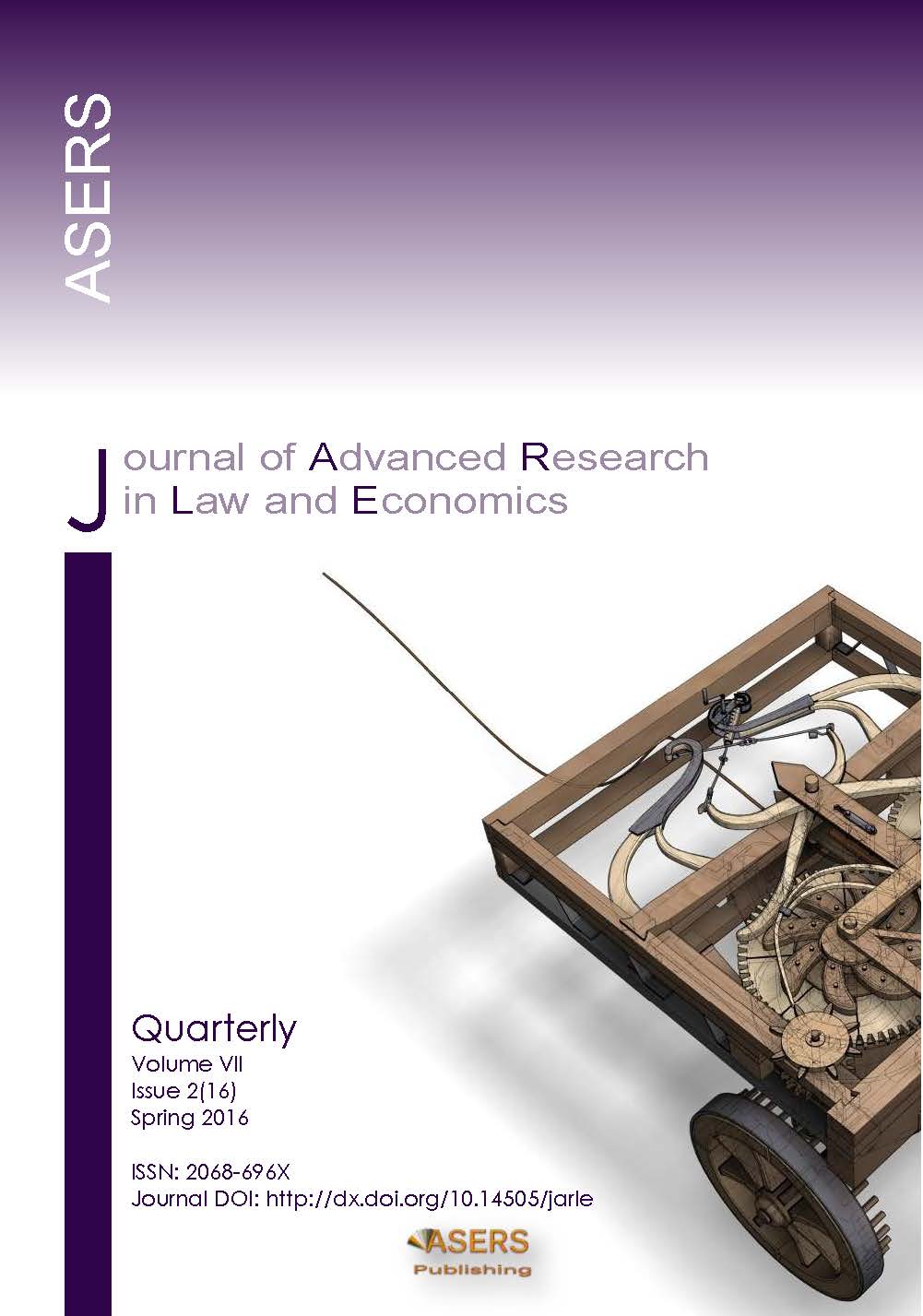Modern Trends in Trade and Economic Relations Between the Eurasian Economic Union Members and China
Modern Trends in Trade and Economic Relations Between the Eurasian Economic Union Members and China
Author(s): Nazigul Nurlanovna Zhanakova, Faya Ahmetovna SHULENBAEVASubject(s): Social Sciences
Published by: ASERS Publishing
Keywords: trade; Silk Road Economic Belt; exports; imports; economic cooperation;
Summary/Abstract: The effectiveness of an economic integration organization such as the Eurasian Economic Union (EEU) is determined not only by the benefits for the economies of its member states, but also by successful cooperation with third countries and economic blocs. Here, it is especially important to develop multilateral cooperation with such an economically powerful state as China, implementing a project on the creation of the ‘Silk Road Economic Belt’ as a new form of deepening cooperation between China, Central Asian states and Russia. Practical implementation of China's initiative ‘Silk Road Economic Belt’ could lead to the formation of a new architecture of the world economy around Eurasia, where Central Asia could be the main link. At the same time, Kazakhstan will assume the role of the entrance gate to the supply of Chinese goods not only to a common market of the EEU member states and Central Asia countries but also to the Caucasus, Iran and Turkey, and through them to other regional markets. Currently, the ‘Silk Road Economic Belt’ provides the Eurasian project with a chance to prove its own solvency. If the initial work is carried out successfully in the future, Kazakhstan, in addition to the obvious achievements of bilateral cooperation, will be able to create a foundation for the long term of its economy.
Journal: Journal of Advanced Research in Law and Economics (JARLE)
- Issue Year: VII/2016
- Issue No: 16
- Page Range: 442-449
- Page Count: 8
- Language: English
- Content File-PDF

